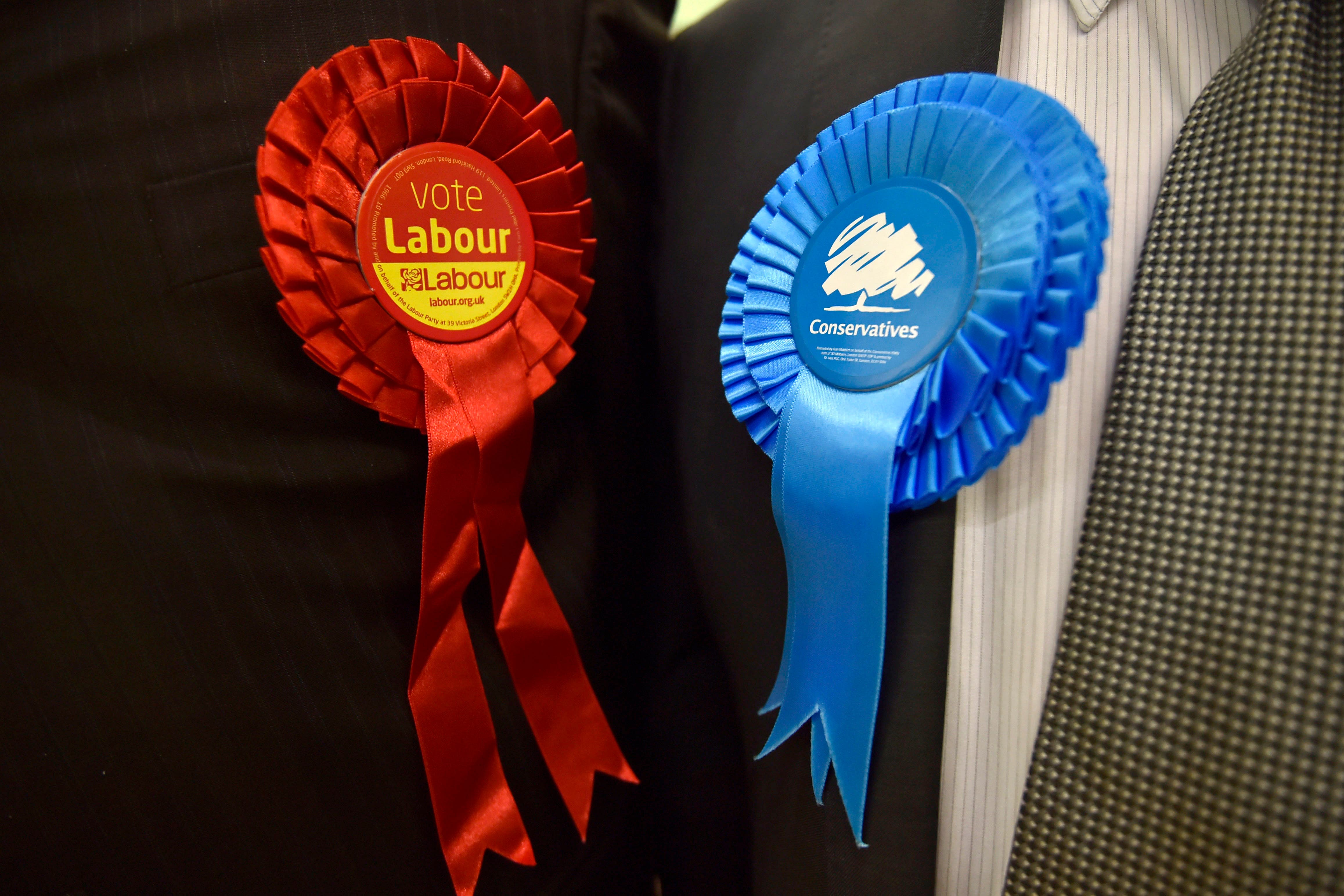Rishi Sunak faces biggest Labour poll lead in 25 years
One recent survey put Labour 39 points ahead of the Tories.

Your support helps us to tell the story
From reproductive rights to climate change to Big Tech, The Independent is on the ground when the story is developing. Whether it's investigating the financials of Elon Musk's pro-Trump PAC or producing our latest documentary, 'The A Word', which shines a light on the American women fighting for reproductive rights, we know how important it is to parse out the facts from the messaging.
At such a critical moment in US history, we need reporters on the ground. Your donation allows us to keep sending journalists to speak to both sides of the story.
The Independent is trusted by Americans across the entire political spectrum. And unlike many other quality news outlets, we choose not to lock Americans out of our reporting and analysis with paywalls. We believe quality journalism should be available to everyone, paid for by those who can afford it.
Your support makes all the difference.Rishi Sunak will become prime minister with his party trailing Labour in the polls by the largest gap for 25 years.
The Tories’ seven-day poll average currently stands at 20%, 33 points behind Labour on 53%.
Before this year, the last time Labour enjoyed leads that regularly averaged 30 or more percentage points was in the months directly after the general election of 1997, when Tony Blair led the party to a 179-seat majority.
While most polling companies in recent days have shown Labour’s lead to be in the very high 20s or low 30s, three have put it even higher, at 36 points (Redfield & Wilton), 37 points (YouGov) and 39 points (People Polling).
The figures from People Polling put the Conservatives on 14%, only three points ahead of the Liberal Democrats on 11% and the lowest poll score for the Tories for at least 50 years.
These are the sorts of numbers that would be likely to see a landslide Labour victory at a general election – were one to take place tomorrow and were people to vote in the same way across the country.
Labour has been ahead of the Conservatives in the polls since December last year, around the time stories first began to emerge of Downing Street parties during Covid-19 lockdowns.
But until last month the lead was usually in single digits.
Double-digit leads started to appear in early September, soon after Liz Truss became prime minister.
On September 23, the day the former chancellor Kwasi Kwarteng made his financial statement in the House of Commons, Labour’s seven-day average poll share stood at 41% while the Tories were on 33%.
Since then, Labour’s lead has grown steadily, reaching 18 percentage points by September 30, 25 points by October 7 and 31 points by October 16.
Opinion polls are snapshots of the prevailing public mood, not projections or forecasts.
With the next general election still more than two years away – the latest possible date is January 23 2025 – there is plenty of time for the national numbers to change.
But polls both shape and reflect the prevailing mood of the country, in turn affecting morale among politicians and party members alike.